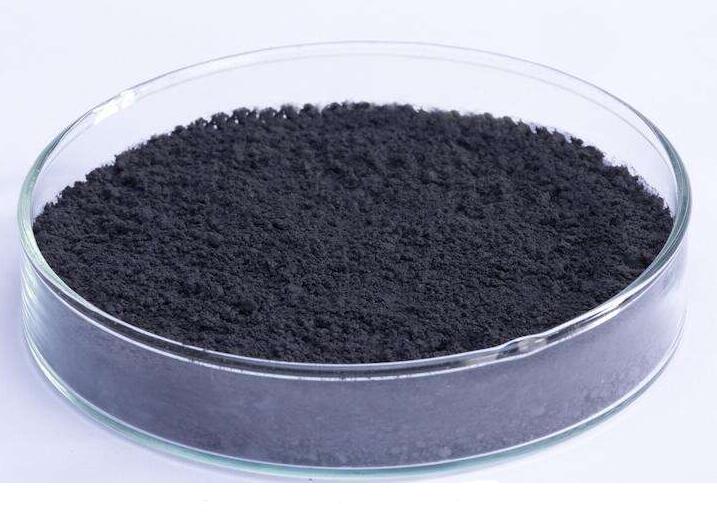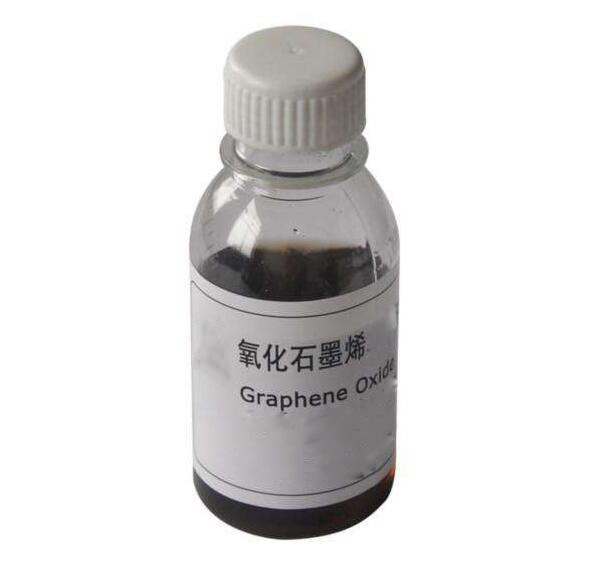Home > News
Carbon black, carbon nanotubes, graphene
1, conductive agent can reduce resistance, improve charge and discharge efficiency.
A small amount of addition in the electrode slurry can improve the electronic conductivity of the electrode material, between the active substance, the active substance and the fluid collector can play a role in collecting micro current, in order to reduce the contact resistance of the electrode and accelerate the movement rate of electrons, but also effectively improve the migration rate of lithium ions in the electrode material, so as to improve the charge and discharge efficiency of the electrode.
In the graphite anode material, the volume of graphite particles expands and contracts during the process of multiple embedding and deembedding of lithium ions. With the increase of the number of cycles, the contact between graphite particles decreases and there is a gap, which makes the conductivity of graphite negative electrode decrease. Therefore, it is necessary to add conductive agent to fill the gap between graphite particles and maintain cycle stability. And the increase of fast charging trend drives the addition proportion of conductive agent to further increase; In the silicon-based negative electrode, the poor conductivity of the silicon-based negative electrode will further promote the demand for high-performance conductive agents, and the volume expansion of the silicon-based negative electrode will seriously promote the destruction of the conductive network, so it is necessary to build a long-range conductive network.
2, conductive agents can generally be divided into metal series, metal oxide series, carbon series, composite conductive agents, etc
Among them, carbon series conductive agent is the most widely used. After the conductive agent is added to the lithium-ion battery, it is required to not participate in the REDOX reaction in the battery, so it must have a high acid and alkali corrosion resistance. Compared with other conductive agents, carbon conductive agents also have the characteristics of low cost and light weight, so the application range is the most extensive. Carbon conductive agents are mainly conventional conductive agents represented by conductive carbon black, conductive graphite and new conductive agents represented by carbon nanotubes and graphene, and the current conventional conductive agents are still the mainstream of the market.

3, different conductive agents have advantages in cost, electrical conductivity, liquid absorption performance and so on.
1) Conductive carbon black can form point-to-point contact with the active material, which is conducive to the adsorption of electrolyte to improve ionic conductivity, and the addition amount is about 3%. It is a cost-effective conductive material, but the conductive property is relatively general and dependent on imports. At present, conductive carbon black is mainly divided into conductive carbon black, superconducting carbon black (B fast black, Super P, etc.), and special conductive carbon black (Kochen black, etc.).
2) Carbon nanotubes can be divided into single-wall tubes and multi-wall tubes. The fiber structure can contact with the active material point-to-line and form a continuous conductive network in the electrode active material, acting as a "wire", which is conducive to improving battery capacity, rate performance, battery cycle life, and reducing battery interface impedance.

3) Graphene has a sheet two-dimensional structure, and the active substance forms a point of contact, can maximize the role of conductive agents, reduce the amount of conductive agents, thereby increasing the proportion of active substances, improve the capacity of lithium batteries, in the case of a small amount of addition, graphene can better form a conductive network, the effect is far better than conductive carbon black;
4) The graphite conductive agent is an artificial graphite with smaller particle size, more developed porosity and specific surface area, which can form point-to-point contact with the active material, which is conducive to improving the compaction density of the electrode particles and improving the ionic and electronic conductivity, while being used in the negative electrode to improve the negative electrode capacity.
Lithium-ion battery separator
Lithium-ion battery is mainly composed of five parts: positive electrode material, negative electrode material, diaphragm, electrolyte and packaging material.
Lithium-ion battery diaphragm is a layer of porous film with micropore distribution, which is located between the positive and negative lithium electrode materials, and plays a role in preventing direct contact between positive and negative electrodes, preventing battery short circuit and ion transmission, and is a key material to ensure battery safety and affect battery performance. Although the diaphragm does not directly participate in the electrochemical reaction of the battery, its performance affects the interface structure, internal resistance and other properties of the battery, and then affects the energy density, cycle life and rate of the battery. The thermal stability of the diaphragm also determines the temperature range of the battery and the safety of the battery. The ideal battery separator should have good insulation, mechanical strength, electrochemical stability and thermal stability, as well as high porosity and suitable pore size, and have good wetting and adsorption properties for the electrolyte.

The chemical and electrochemical resistance of the diaphragm and its mechanical durability are critical to battery safety. The diaphragm should not be dissolved or reacted by the electrolyte solution. The electrolyte solution is mainly composed of organic carbonate and the mixture of ester and lithium salt, such as lithium hexafluorophosphate. The market-oriented lithium-ion battery diaphragm materials are polypropylene (PE) and polypropylene (polypropylene). PP) -based Polyolefin diaphragms, of which PE products are mainly produced by wet process, and PP products are mainly produced by dry process. Important lithium-ion battery diaphragm material products are single-layer PP, single-layer PE, PP+ ceramic coating, PE+ ceramic coating, double-layer PP/PE, double-layer PP/PP and three-layer PP/PE/PP, among which the first two types of products are important for the field of 3C small batteries, and the latter several types of products are important for the field of power lithium-ion batteries.
Scanning electron micrographs of PP/PE/PP membranes: (a) surface and (b) cross section;
In the field of high-end three-layer PP/PE/PP composite diaphragm, only a few countries such as the United States have mature production technology and the corresponding large-scale industry. This diaphragm is produced by the three-layer co-extrusion technology. It has the advantages of high aperture uniformity and high fusing temperature of ordinary dry single-drawn PP diaphragm, and low closed cell temperature of wet PE diaphragm, which improves the safety performance of the battery.
Contact: Lika
Phone: +86-19906035385
Tel: 0086-592-7161550
Email: sales@aotbattery.com
Add: No.168, Zhaogang Road, Xiamen City, China